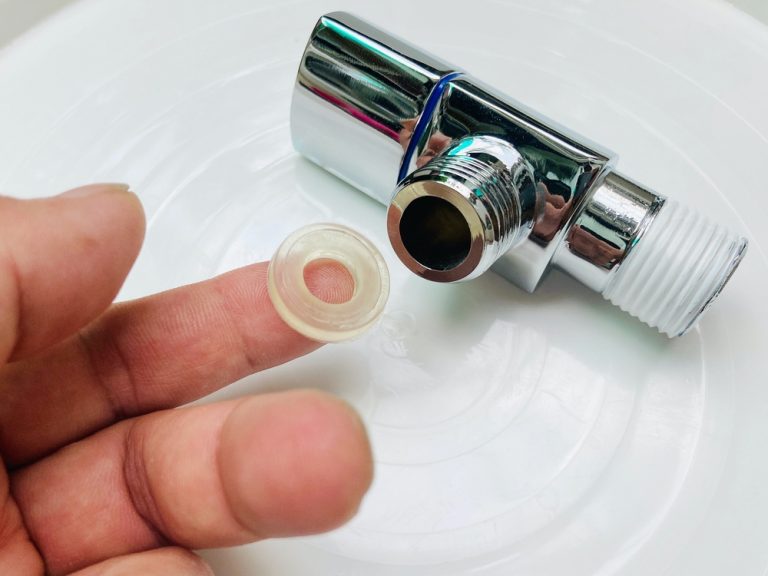O-rings are everywhere. They are in faucets, medical equipment, cars, and equipment. When they work well, parts move easily, and liquid flows properly. When O-rings break or don’t perform their functions adequately, everything grinds to a halt.
Take a look at five common uses for O-rings on various types of equipment.
1. Turbocharged Engines
O-rings in high-performance turbocharged engines must be rugged enough to withstand challenging conditions and requirements of the world’s top engineers, whether they need V-8 engines with enough torque or racing engines to move cars at 220 mph.
Most O-rings for high-performance engines are made of hybrid materials to maintain flexibility and incompressibility while also resisting heat, pressure, chemicals, and leaks beyond standard elastomers.
O-ring coatings enhance high-performance engines by making seals last longer and resisting breakdowns.
2. Airplane Hydraulics & Turbine Engines
Modern avionics requires hydraulic systems to move wing flaps up and down, engage and disengage the brakes, and lower and retract the landing gear. Lives are at stake when aircraft are aloft, which is why O-rings can never fail on airplanes of any size. Temperatures can fluctuate from hot to cold in an instant. Aloft at 35,000 feet, the atmospheric pressure is extremely low.
Turbine engines also need O-rings to operate correctly while maintaining a steady flow of jet fuel through the system. Fluorosilocone and fluorocarbon O-rings are ideal for this application, and coatings add an extra layer of protection against corrosion, heat, cold, and compressive forces.
3. Rocket Engines and Motors
Nowhere is it more apparent that O-rings need to succeed than within liquid-supplied rocket engines and solid rocket boosters. Cryogenic liquid oxygen and hydrogen must be pumped at precise levels to produce those beautiful blue flames, while O-rings form seals along jointed sections of tall solid rocket boosters.
O-rings must fight hot and cold temperatures while transitioning from high to low pressure from the launchpad to orbit. For these applications, O-rings are typically made of fluorosilicone polymer or copolymers of epichlorohydrin with ethylene oxide to deliver seals that expand to maintain seals while ablating hot rocket gases while resisting swelling when exposed to greases and rocket fuels.
4. Oil Derricks & Platforms
Pumps, fittings, and dispensers on oil derricks and platforms must withstand the possible corrosion of hydrocarbons while dealing with extreme pressures of liquids flowing through pipes and hoses. For underwater applications, O-rings have to handle temperature changes.
O-rings made of unique compounds like peroxide- and triazine-cured perfluoro elastomers can resist heat and chemicals. Refineries have additional issues with corrosion from other hydrocarbons as they produce several types of fuel from crude oil. Coatings can increase resistance to chemicals on O-rings to help them last longer while attempting to avoid catastrophic failures.
5. Compressed Gas
Compressed gas apparatus runs the gamut from soda machines using carbon dioxide to acetylene torches for welding. Whether you need food-grade O-rings for gas distribution in a factory or soda machines or moving natural gas from storage tanks to trucks, you have several options for O-rings in these applications.
You’ll need O-rings made of the following substances for your compressed gases:
- Non-conventional fluoroelastomers
- Isobutylene isoprene
- Neoprene
- Ethylene acrylic
- Ethylene propylene (EPDM)
- Fluorocarbons
- Fluorosilicones
- Nitrile
- Polyacrylate
- Hydrogenated nitrile
- Polyurethane
- Silicone
Surface treatments for these substances can help them resist corrosion, expansion, heat, and cold caused by several types of compressed gas.
Who can supply my company with O-ring surface treatments?
EZ Coating can deliver O-ring coatings that beat PTFE (Teflon) in several important factors, like the coefficient of friction and abrasion resistance, for your industrial equipment, heavy machinery, and manufacturing equipment.
Contact us for more information or if you need a test sample. We’ll respond within 24 hours.

